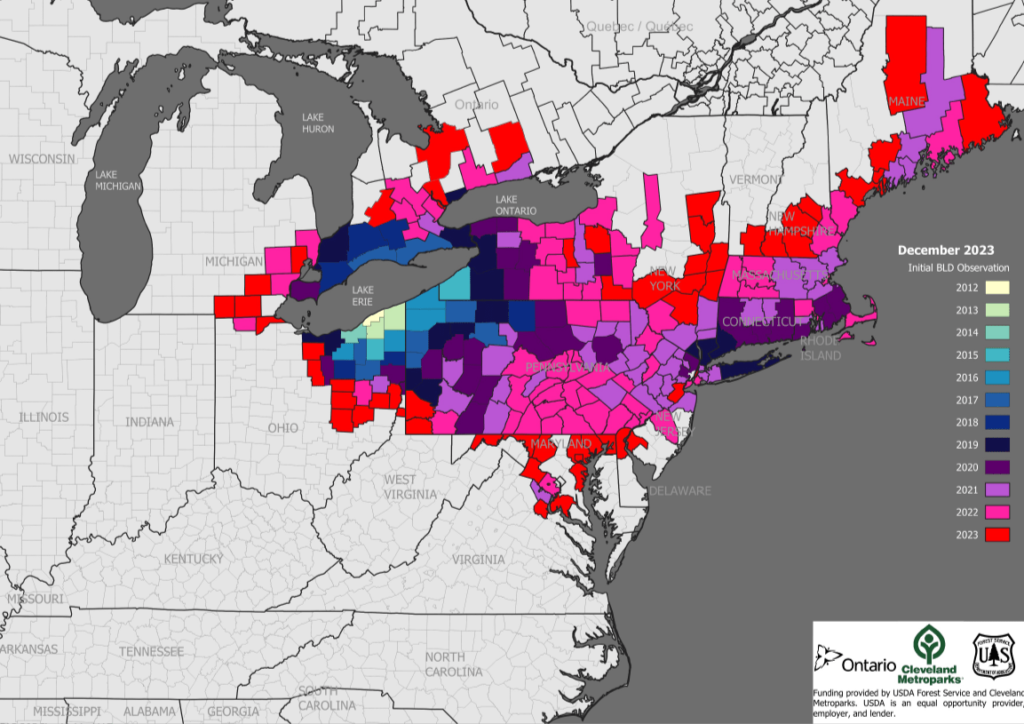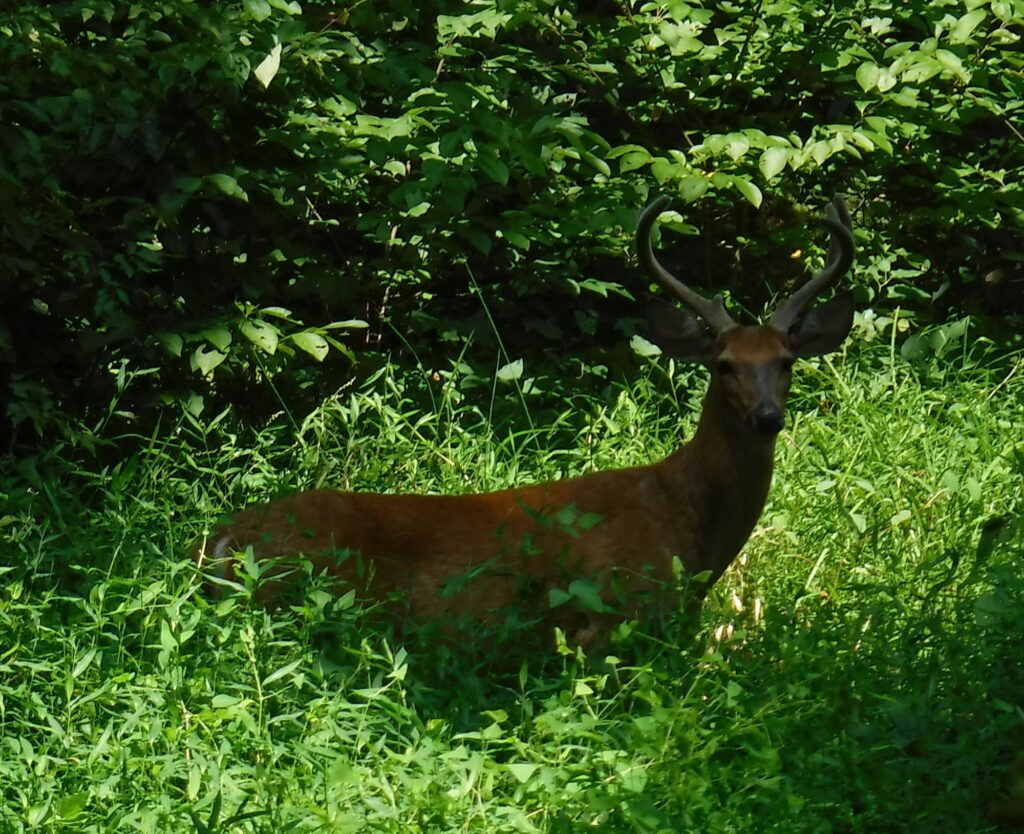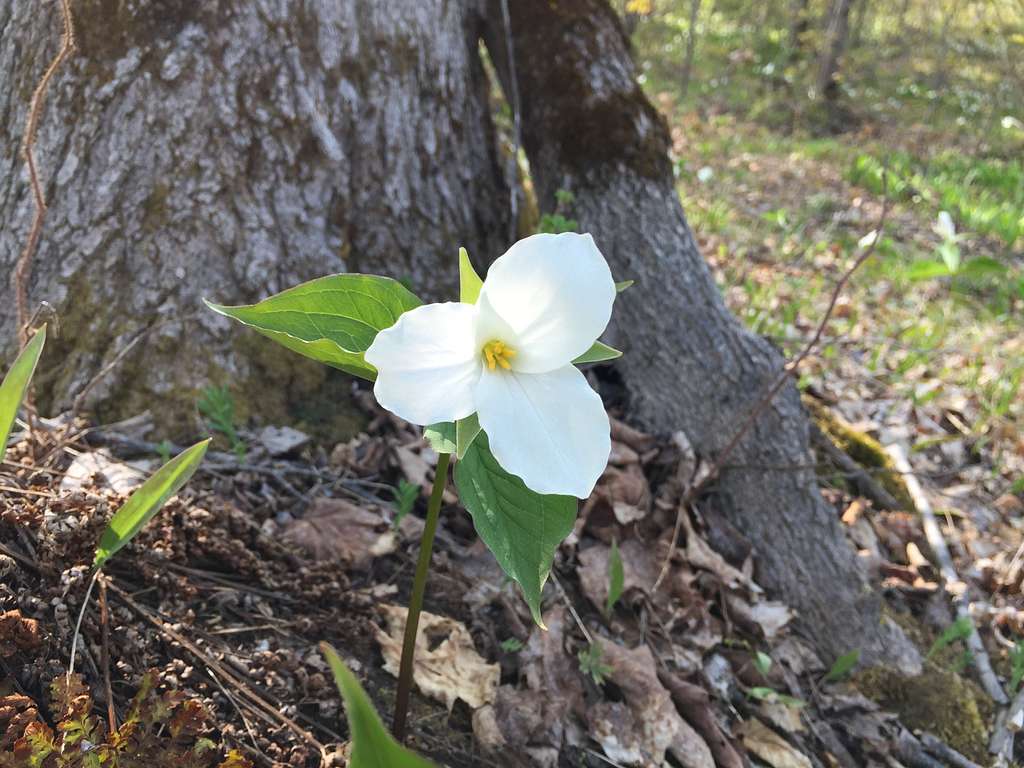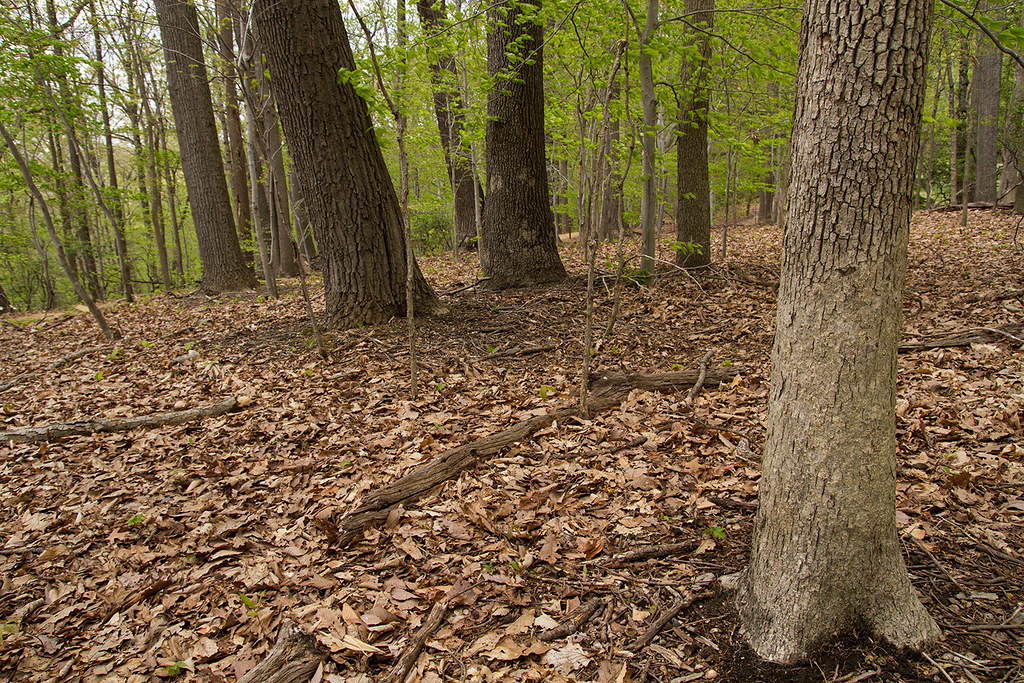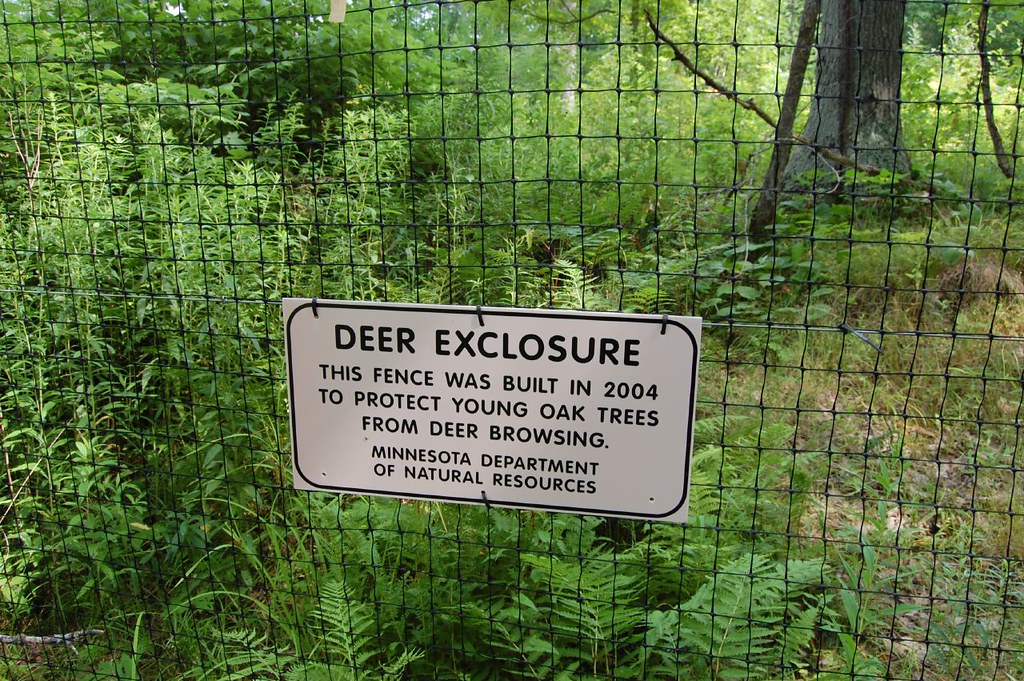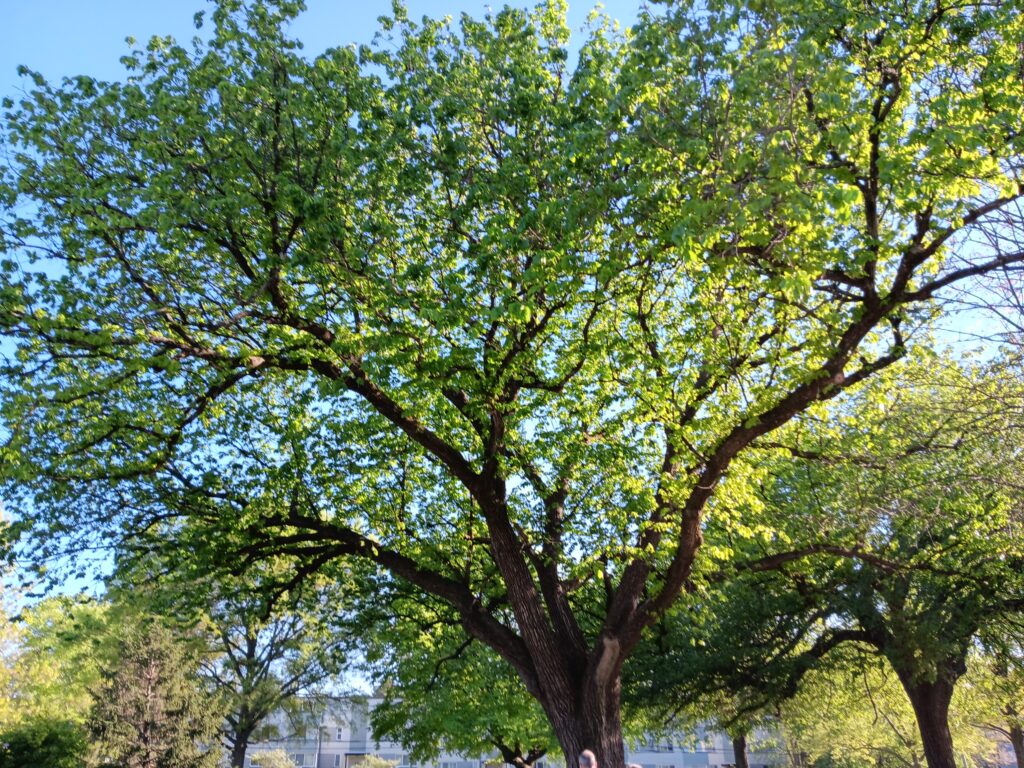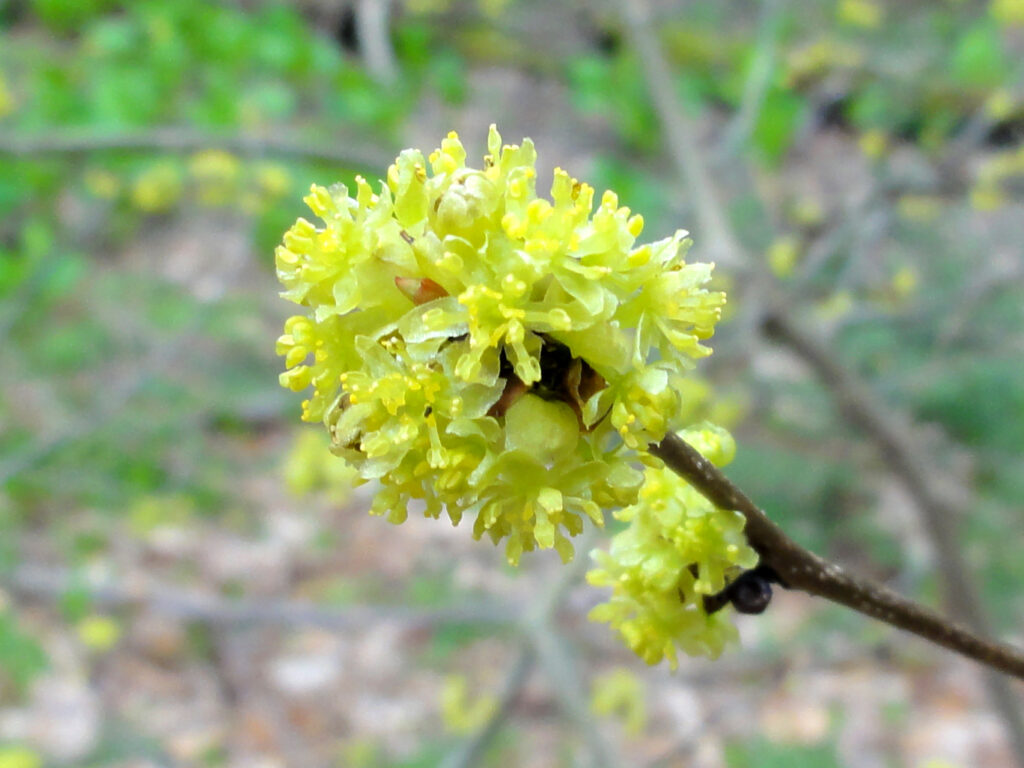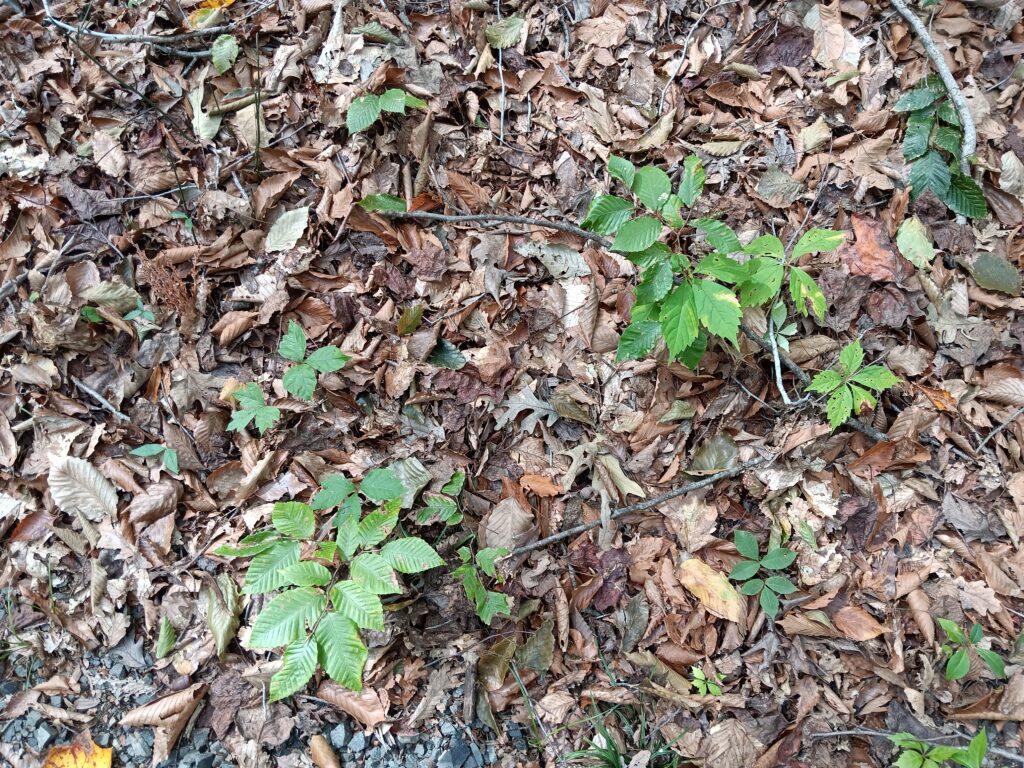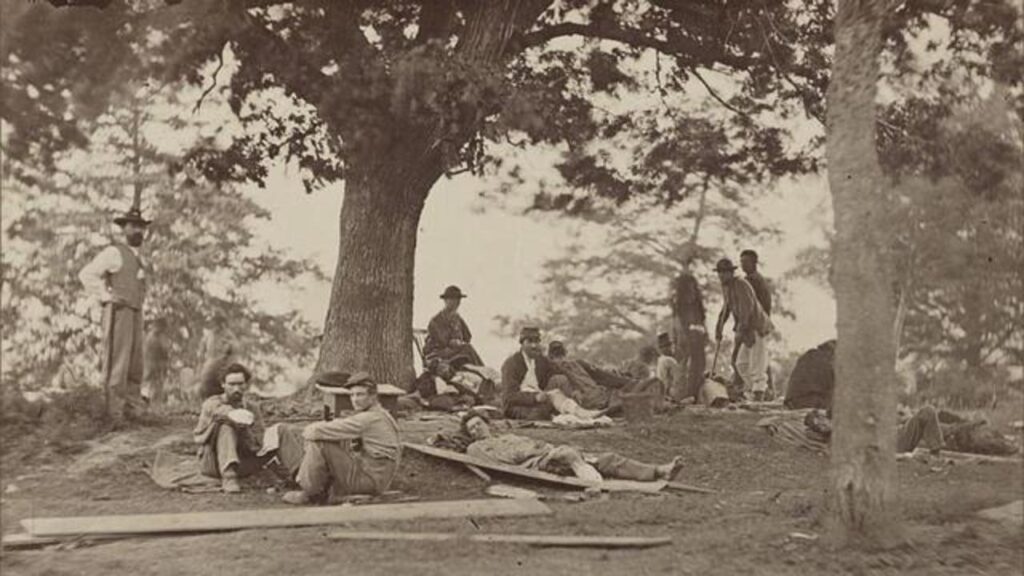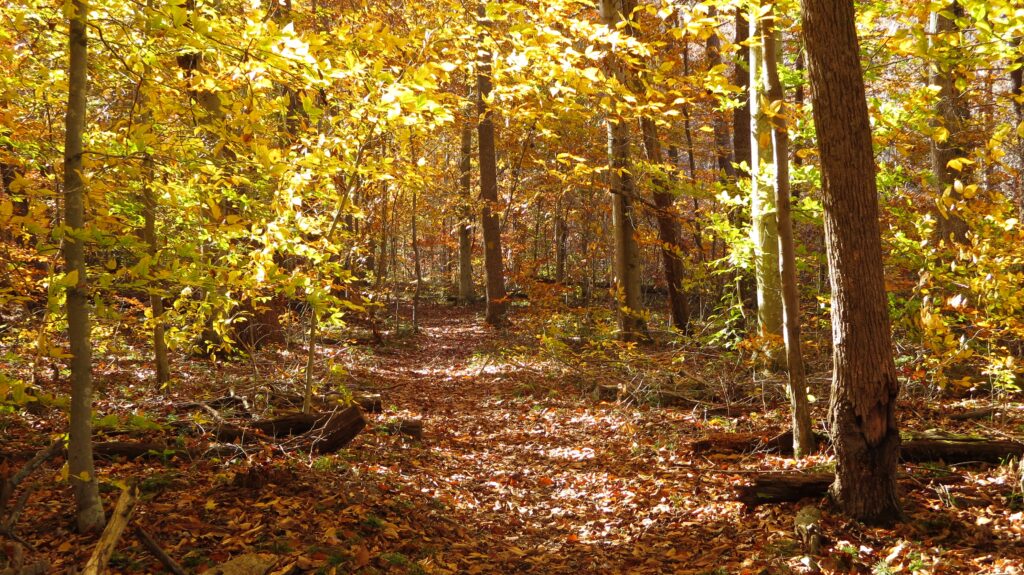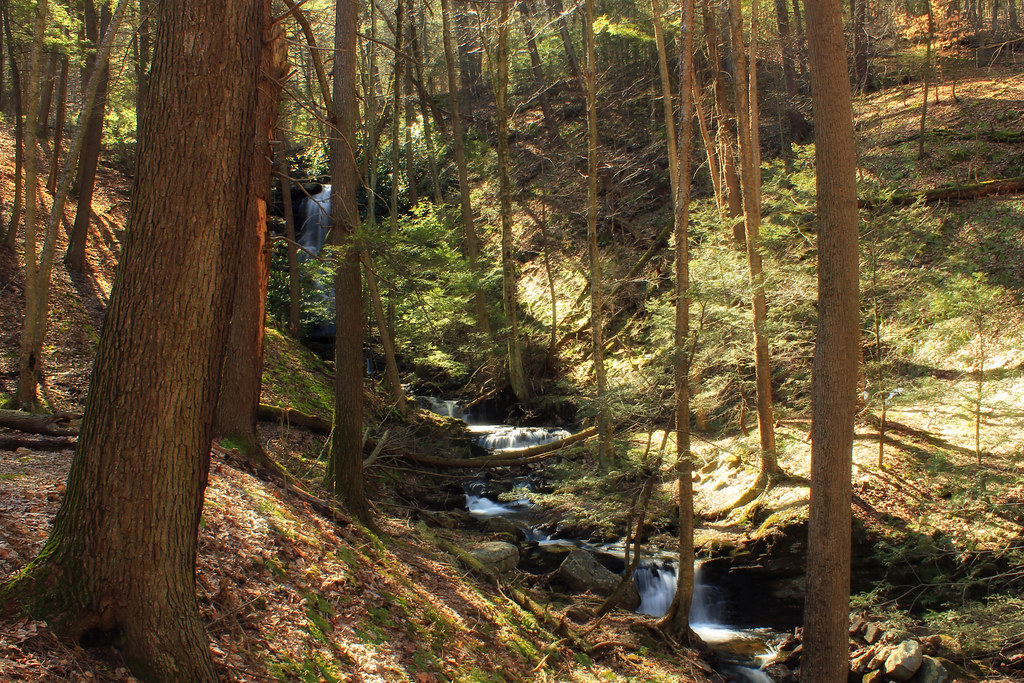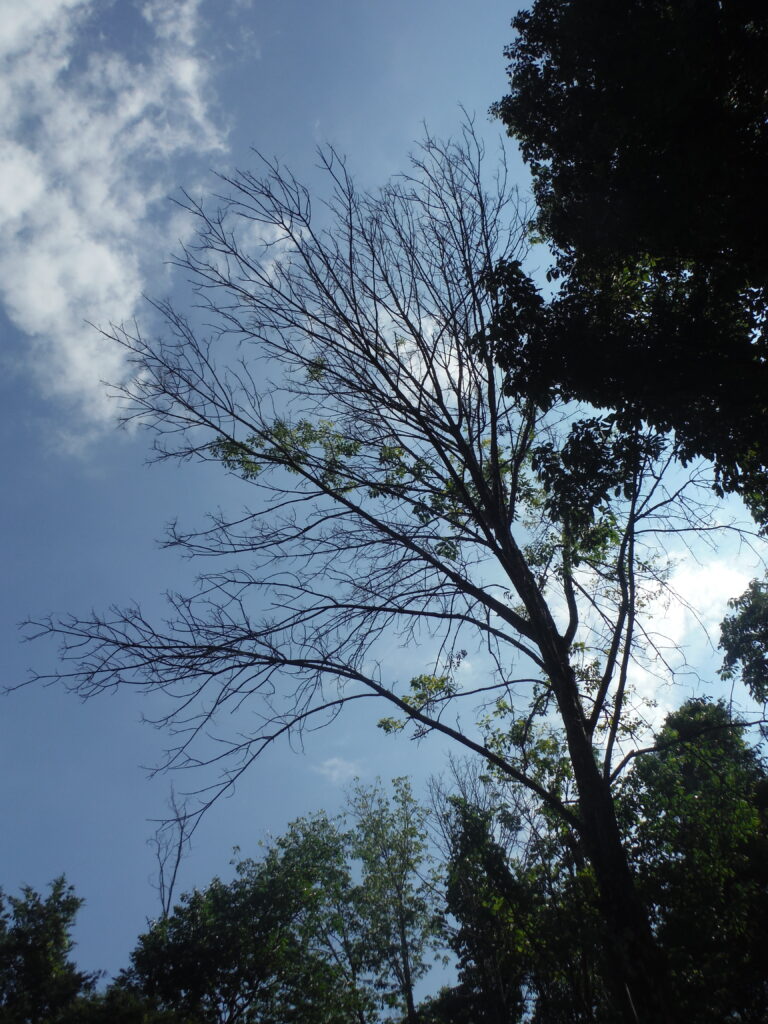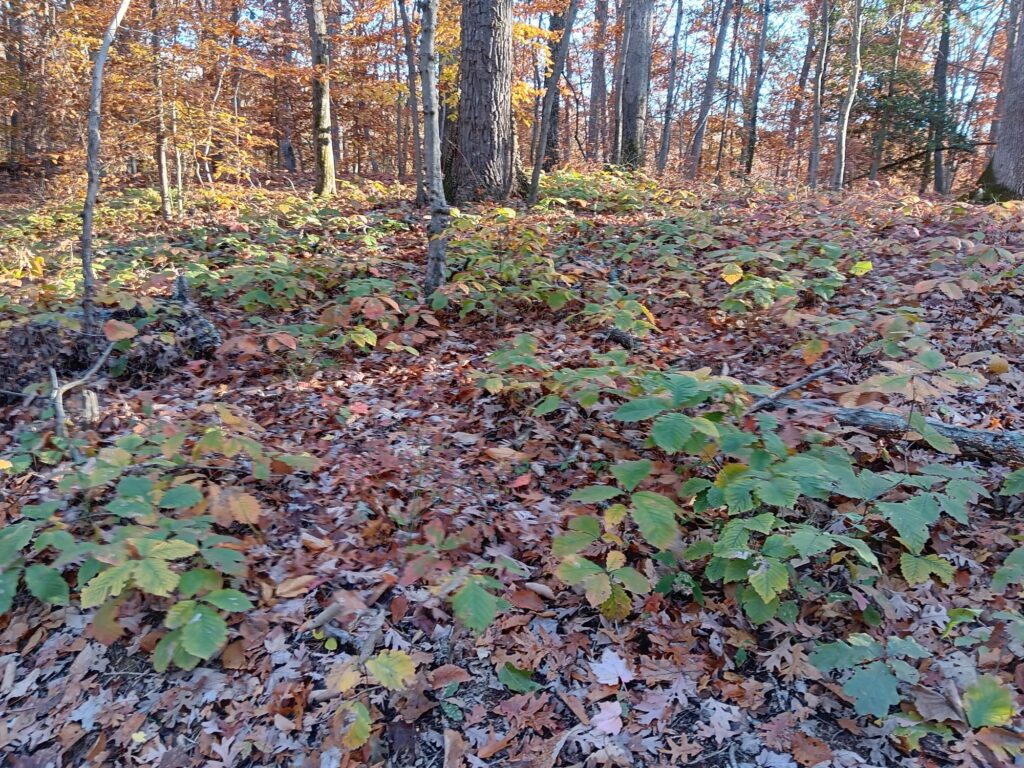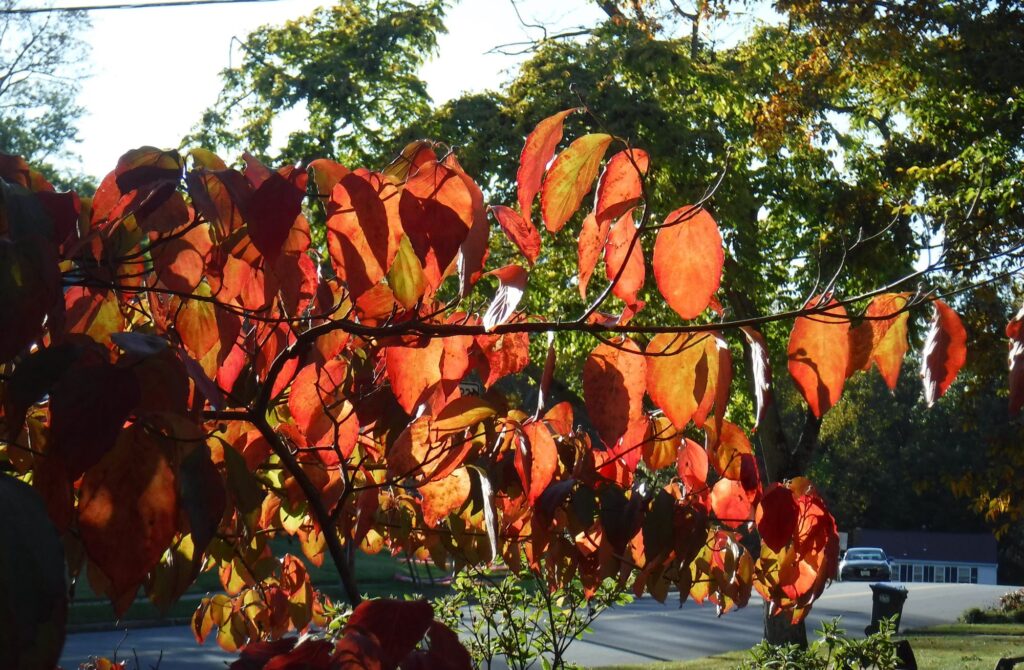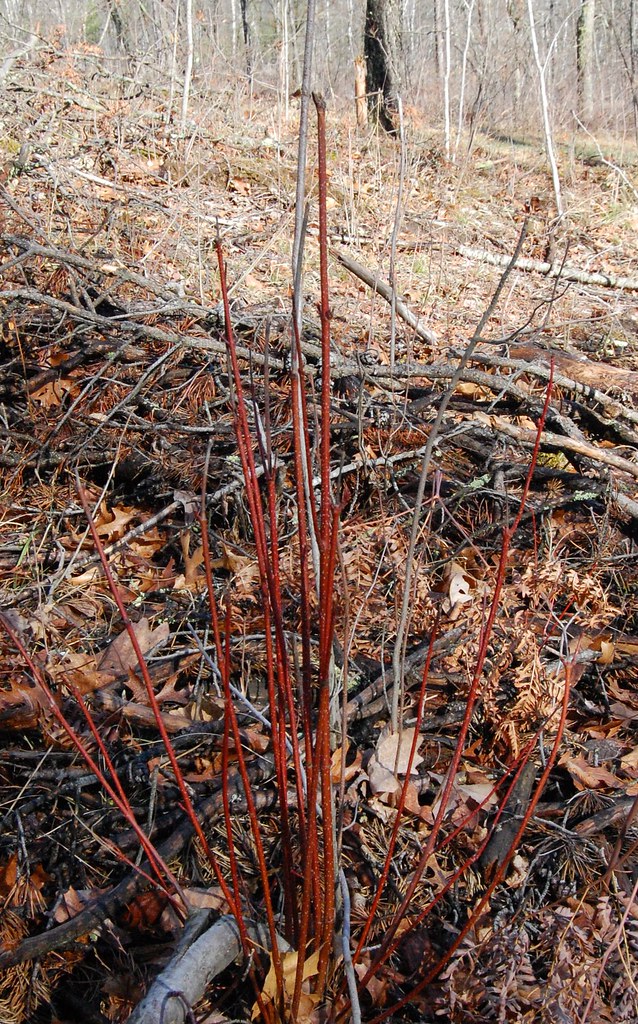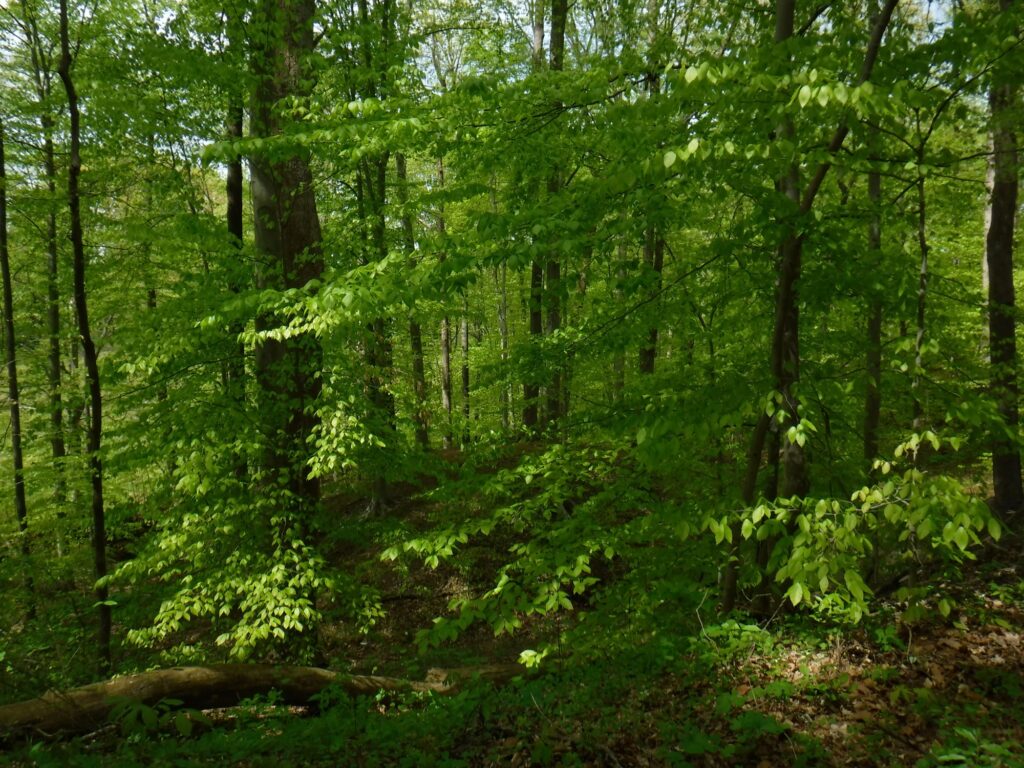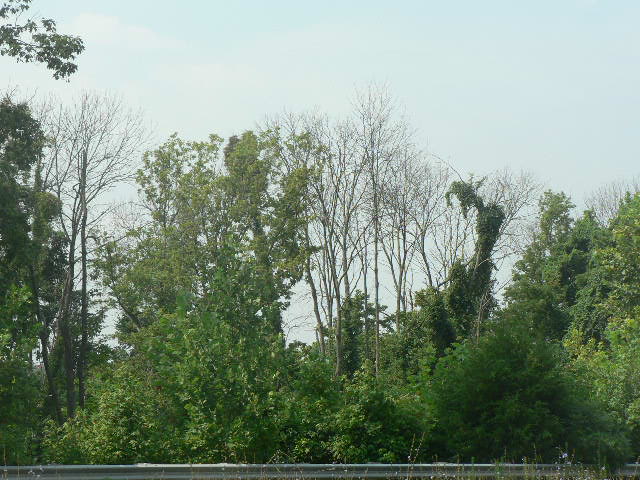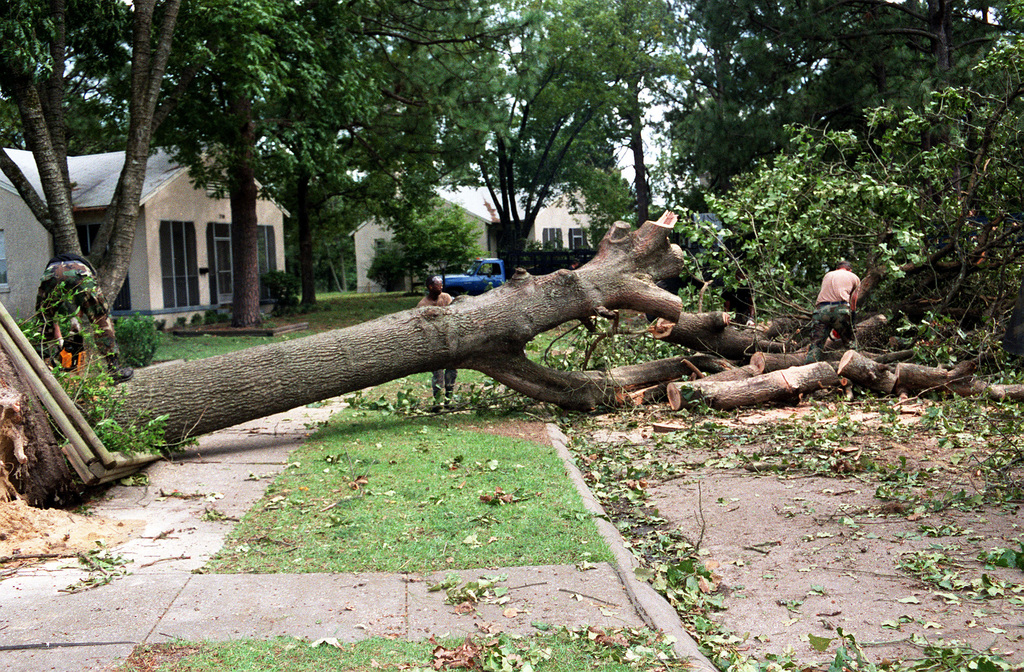Yet again, studies focusing on issues of regeneration and mortality failing to consider all aspects.
Two studies focused on persistence of oak forests – a topic of great concern because of economic and ecological importance of oak-dominated forests. Since they dominate forests covering 78.5 million ha (51% of all forestland in the eastern United States) (Dey 2013), oaks shape stand structure and composition; their extensive crowns support many bird and arboreal mammal species; their acorns and leaf litter are the foundation of complex food webs; they live in symbiotic relationships with mycorrhizal fungi that enhance nutrient cycling and uptake within forest ecosystems. Deep roots prevent soil erosion. Oaks play a pivotal role in carbon sequestration (Khadka, Hong, and Bardhan 2024).
Until recently concern has focused on mortality of species in the red oak group (Section Lobatae). Now there is increasing concern about white oak (Quercus alba) mortality. Forest managers reported elevated mortality not just in resource-limited sites,e.g., those characterized by drought conditions, poor drainage, and soil nutrient deficiencies. Deaths are also occurring in higher-quality mesic sites, especially in forests with high stand density and advanced maturity stages. While white oaks go through a self-thinning phase – when dense stands of younger trees compete intensely for limited resources –it appears that some of the concern is focused on this stage (Khadka, Hong, and Bardhan 2024).
I think much of the concern is driven by economic rather than ecological considerations. None of oak species mentioned by Duana et al. (2024) is considered at risk by the authors of the recent conservation gap analysis (Beckman et al. 2019). (This is not surprising since presumably these species are sufficiently numerous to support commercial harvests). Furthermore, complaints about forest regeneration in the East are broader than oaks. A multi-author examination of the future of the northern forest projected decreases for four forest types = aspen-birch, elm-ash-cottonwood, oak-hickory, and spruce-fir. One type –maple-beech-birch – was expected to expand (Shifley and Moser 2016).
Regarding oaks specifically, Khadka, Hong, and Bardhan (2024) found that 30% of FIA plots in ten states composed primarily of white oak met their criteria for considering white oaks to be “declining”. However, higher mortality was limited to scattered areas (see map in Fig. 2B in the article). They suggested that contributing factors included higher elevation and distance from water in the north, intense competition in central regions, and drought stress in oak-hickory forests in the south. They also mentioned mature stands which are not replacing themselves in the southern region. Khadka, Hong, and Bardhan (2024) noted that oak decline complex is a factor in the southern region, and localized non-native insect pests (apparently spongy moth) in the northern region. (I will discuss both regeneration failures and the impacts of non-native pests below.) Still, these authors focus most attention to environmental stresses, e.g., droughts or water logging, poor soils, extreme weather events; and to human management, e.g., fire suppression, logging intensity, edge effects. They suggest strategies for mitigating these factors.
A second study, published by Duana et al. (2024), considered stocking levels of several species of oaks (Q. alba, Q. coccinea, Q. prinus, Q. rubra, and Q. velutina) but limited themselves to a large, temperate hardwood forest landscape in southeastern Ohio. Their purpose was to evaluate the efficacy of two levels of silvicultural intervention in sustaining oaks and restraining maples over the long-term, defined as 150-years (to 2060).
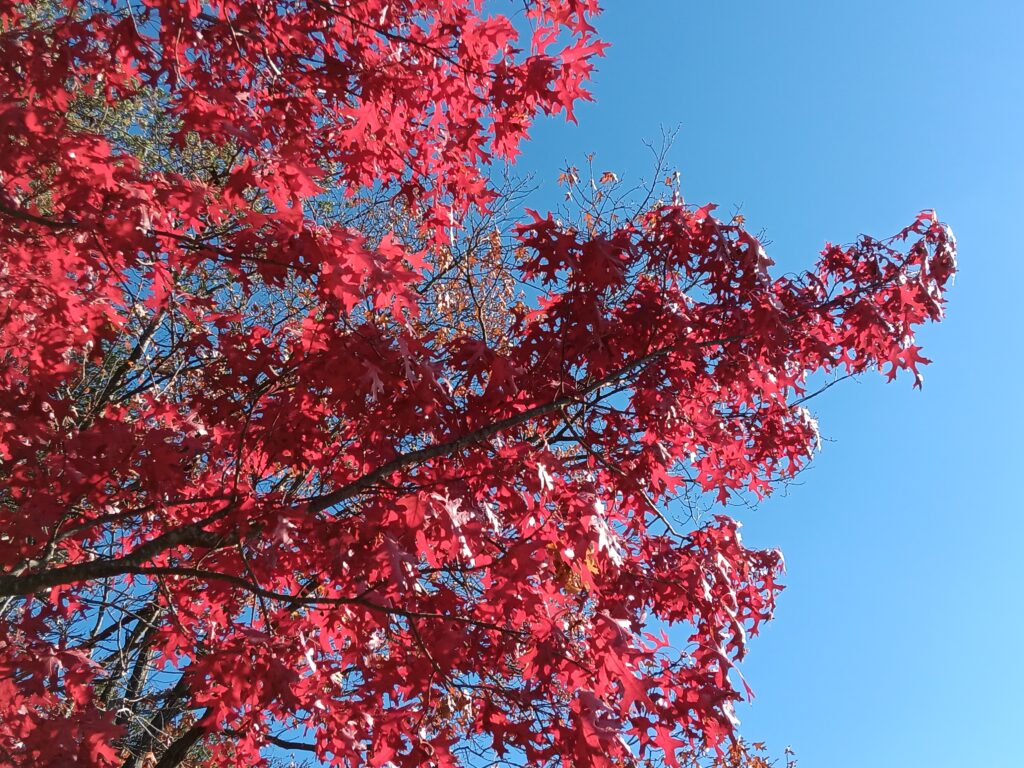
Their model suggested that continuing “business as usual” management would result in oaks shrinking from 22.8% dominance in 2010 to 12% dominance in 2160. Many of the remaining oaks would be large — in the 70 cm DBH class. The undesired maples would rise from 23% of total relative dominance in 2010 to 58% in 2160. The maples grew to almost the same size as the oaks: 50–65 cm DBH. As a result of these developments, the maple basal area increase by more than five times. The basal area of early successional species, e.g., poplars and aspens, decreased from 25% dominance to 11% dominance by 2160. Shade-tolerant species like elms, hickories, beech, and hemlock were suppressed by more competitive maples, occupying 17% of the total dominance.
Under the more manipulative alternative management strategy, oaks’ relative dominance on private land would stay above 20% of total relative dominance; all ages and sizes would be present. Maples would hold steadier at 23% to 33%. Shade-tolerant species would also rise, reaching a quarter of relative dominance on private some site (private public lands).
Duana et al. (2024) explained the outcome of “business as usual” management on maples’ ability to thrive in shaded conditions while oak regeneration requires sunlight to reach the forest floor. Another factor is the prevalence of high-grading harvesting practices. These factors result in a significant absence of oak trees in the sapling and midstory sizes, reflecting challenges to both oak seedlings and saplings. In other words, despite the continued growth of mature overstory oaks, the trees cannot reproduce. As Duana et al. (2024) point out, these results are supported by other field-based studies — including ones I have blogged about. Duana et al. (2024) discuss barriers and incentives to private landowners adopting more active management.
However, as I pointed out above, many tree species are regenerating poorly, not just oaks. Indeed, none of the eastern species fulfilling Potter and Riitters’ (2022) criteria for species threatened by poor regeneration was an oak. See Table 2 in Potter and Riitters (2022).
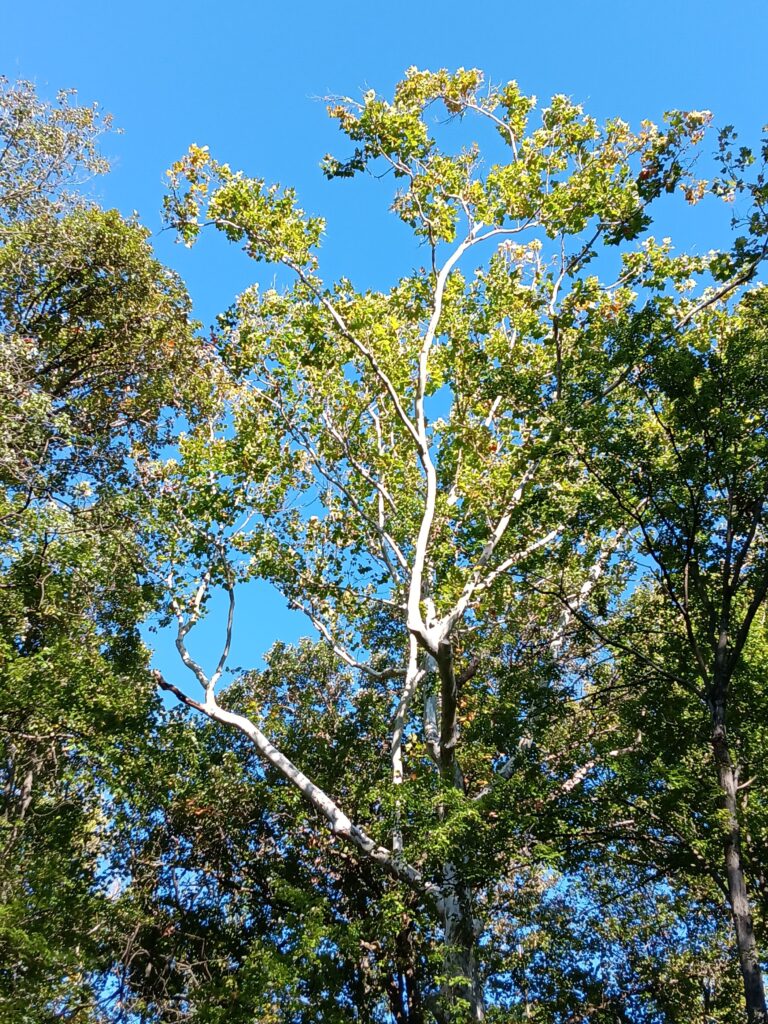
Hanberry et al. (2020) found that actual changes in forest species composition and density do not conform to expectations arising from three factors proposed as drivers: increased precipitation, increased white-tailed deer densities, and functional extinction of American chestnut. They found disappearance of frequent low-intensity fires to be determinative. However, Hanberry et al. (2020) also do not mention invasive plants or non-native pests other than chestnut blight.
Here I review others’ discussion of browsing by overabundant deer and competition from non-native plants as factors widely recognized as impeding regeneration of canopy trees, including oaks.
Deer
There is widespread agreement that browsing by overabundant deer is a major cause of poor regeneration of deciduous forests, especially but not limited to oaks (Quercus species.). Sources cited in my previous blogs include most studies discussed at the 2023 Northern Hardwood research forum (USDA, FS 2023b Proceedings), Spicer et al. (2023), Miller et al., and two studies based in either Ohio (the location of the study by Duana et al. [2024]) or neighboring Pennsylvania: Yaccuci et al. (2023) and Reed et al. 2023. Yacucci et al. reported that stem density of red (Q. rubra) and pin oaks (Q. palustris) was 13 times higher in canopy gaps located in areas with low densities of deer than in gaps in high-deer-density locations. In these gaps, oak saplings were growing into the subcanopy. Reed et al. said deer herbivory might be one of the most important drivers of forest composition and canopy structure over long time-scales.
Deer might be less important in New England. Stern et al. (2023), working in Vermont, focused on the importance of changing precipitation patterns in shifting numbers of red maple (Acer rubrum), sugar maple (Acer saccharum), American beech (Fagus grandifolia), and yellow birch (Betula alleghaniensis). Northern red oak was described as a common co-occurring dominant species in their plots, but was not discussed. In New Hampshire, Ducey et al. reported changing species composition as the forest ages but did not mention deer.
Some of these authors advocated wide-scale efforts to reduce deer populations in order to restore forest ecosystems. Yacucci et al. proposed enlisting those military posts that regularly cull deer into efforts to conserve and regenerate native plants. Otherwise, they say, the prognosis for regeneration is poor. Blossey et al. urged creation of a nation-wide lethal removal program.
Some of these studies indicated that additional biological entities were also important. Miller et al. stressed the role of invasive plants in suppressing forest regeneration in National parks from Virginia to Maine. Reed et al. focused on invading earthworms. One study – again, conducted in Ohio – Hovena et al. (2022), found that interactions between non-native shrubs and soil wetness overshadowed even the impact of deer herbivory on the species richness and abundance of seedlings.
Invasive Plants
FIA data indicate that 46% of forests in the eastern United States are invaded by alien plant species (Oswalt et al. 2016). Across the region, hundreds of non-native plant species are established in forests and woodlands. (See lists compiled by the Southeast Exotic Pest Plant Council, Mid-Atlantic Invasive Plant Council, Midwest Invasive Plants Network). Forests of the northern Midwest are among the most heavily invaded; in Ohio specifically, two studies found that more than 90% of FIA plots harbor at least one invasive plant species (Oswalt et al. [2016] and Kurtz (USDA NRS 311).
Many of these invaders are herbs, shrubs, or trees which can invade shaded environments. I remind you that a high proportion of these invasive plant species have been deliberately planted either directly in “natural” areas or in yards and gardens throughout the region.
Invasive plants can reduce native diversity, alter forest structure, suppress tree regeneration, alter nutrient cycling, and modify disturbance regimes (Miller et al. 2023).
Japanese stiltgrass (Microstegium vimineum) is widespread in forests of both Northeast (Oswalt et al. (2016) and Southeast. Stiltgrass invasions can suppress oak regeneration – at least as part of interactions with herbivore browsing and harvest history (Johnson et al. 2015).
Several non-native shrub and vine species are also widespread. For example, multiflora rose (Rosa multiflora) is the most frequently recorded invasive plant, present on 16.6% of surveyed plots in 39 states and five Canadian provinces. Again, the state with the highest proportion of plots invaded is Ohio – 85% (USDA Forest Service NRS-109). A study in central Ohio found that the presence of Amur honeysuckle (Lonicera mackii) had a stronger influence on tree species diversity than on the size or number of trees. Removing honeysuckle from heavily invaded areas promoted native tree growth (e.g., the height of tallest trees) and increased the tree canopy’s structural complexity for up to 10 years. Forest recovery began within two years of honeysuckle removal Fotis et al. (2022). (To access earlier blogs, visit www.nivemnic.us; scroll below “archives” to “categories”, click on “invasive plants.)
This impediment to forest regeneration is expected to get worse: non-native plant species are already more widely distributed than native species although the average invasive plant inhabits only about 50% of its expected range (Bradley, Early and Sorte 2015). From Virginia and West Virginia north to Maine, 80% of National Park units have experienced a significant increase in at least one trend measuring abundance of invasive plants in recent decades. In 10 parks (a quarter of all parks studied), total invasives increased significantly in two of three metrics (Miller et al. 2023).
Non-native Pests
Another set of biological factors affecting forest persistence and possibly regeneration is non-native pests that kill North American trees. I have complained that too few of the studies of regeneration discuss implications of these bioinvasions. So Khadka, Hong, and Bardhan (2024), Duana et al. (2024), and Hanberry et al. (2020) continue a tradition that I think is most unfortunate.
In Ohio specifically, Hovena et al. and Yacucci et al. did not mention loss of canopy elms, or ash, or the impending threat from beech leaf disease. All these trees are – or used to be – quite common in Ohio. More understandable, perhaps, is lack of attention to laurel wilt disease, which is just now at the state’s southern border. It might decimate an important native shrub, Lindera benzoin. American chestnut was also present in Ohio before its near disappearance following introduction of the chestnut blight fungus early in the 20th Century.
Another possibly damaging pest that has recently turned up in Ohio is the elm zigzag sawfly Aproceros leucopoda. This Asian insect was first detected in North America in 2020 in Ontario. It quickly became apparent that it was more widespread. The Ohio detection came in 2023 – too recent to be discussed by Hovena et al. or Yacucci et al. Its impact several elm species is currently unknown.
There are exceptions. Both Stern et al. (2023) and Ducey at al. (2023) reported robust growth rates of American beech (Fagus grandifolia) despite decades-long establishment of beech bark disease. DMF Neither mentioned beech leaf disease – to be fair, this bioinvader is just starting to appear in New England. Stern et al. (2023) did not discuss hemlock woolly adelgid although Eastern hemlock (Tsuga canadensis) is also a common co-occurring dominant species in their plots. Ducey et al. did anticipate pest-driven reversals of increased numbers of eastern hemlock (Tsuga canadensis) and of white ash (Fraxinus americana). Stern et al. (2023) also did not mention oak wilt, despite a vulnerable host — northern red oak — being a common co-dominant species in his study site in Vermont. To be fair, oak wilt is not yet established in New England, although it is in New York and in western Ontario.
The most complete discussion of non-native pests is by Payne and Peet, working in the Piedmont of North Carolina. They state that several “specialist” pathogens have caused loss of important tree species, resulting in drastic and long-lasting shifts in community dynamics. They mention elms and dogwoods plus impending insect-caused widespread mortality of ash.
Miller et al. describe the impact of EAB on ash resources in the National parks and express concern that BLD will cause considerable damage to some units of the system.
I think the failure of scientists to integrate invasive species’ impacts into assessments of changes in forest tree composition will mean that recommendations for management will be – at best – incomplete; at worst – wrong.
SOURCES
Beckman, E., Meyer, A., Denvir, A., Gill, D., Man, G., Pivorunas, D., Shaw, K., and Westwood, M. (2019). Conservation Gap Analysis of Native U.S. Oaks. Lisle, IL: The Morton Arboretum.
Blossey. B., D. Hare, and D.M. Waller, 2024. Where have all the flowers gone? A call for federal leadership in deer management in the US. Front. Conserv. Sci. 5:1382132. doi: 10.3389/fcosc.2024.1382132
Bradley, B.A., R. Early and C. J. B. Sorte. 2015. Space to invade? Comparative range infilling and potential range of invasive and native plants. Global Ecology and Biogeography
Dey, D.C. 2013. Sustaining Oak Forests in Eastern North America: Regeneration and Recruitment, the Pillars of Sustainability. For. Sci. 60(5):926–942 October 2013. http://dx.doi.org/10.5849/forsci.13-114
Duana, S., H.S. He, L.S. Pile Knapp, T.W. Bonnot, J.S. Fraser. 2024. Private land management is more important than public land in sustaining oaks in temperate forests in the eastern U.S. Journal of Environmental Management 352 (2024) 120013
Ducey, M.J, O.L. Fraser, M. Yamasaki, E.P. Belair, W.B. Leak. 2023. Eight decades of compositional change in a managed northern hardwood landscape. Forest Ecosystems 10 (2023) 100121
Fotis, A., Flower, C.E.; Atkins, J.W. Pinchot, C.C., Rodewald, A.D., Matthews, S. 2022. The short-term and long-term effects of honeysuckle removal on canopy structure and implications for urban forest management. Forest Ecology and Management. 517(6): 120251. 10 p. https://doi.org/10.1016/j.foreco.2022.120251
Hanberry, B.B., M.D. Abrams, M.A. Arthur & J.M. Varner. 2020. Reviewing Fire, Climate, Deer, & Foundation Spp as Drivers of Historically Open Oak & Pine Forests & Transition to Closed Forests. Front. For. Glob. Change 3:56. doi: 10.3389/ffgc.2020.00056
Hovena, B.M., K.S. Knight, V.E. Peters, and D.L Gorchov. 2022. Woody seedling community responses to deer herbivory, intro shrubs, and ash mortality depend on canopy competition and site wetness. Forest Ecology and Management. 523 (2022) 120488
Johnson, D.J., S.L. Flory, A. Shelton, C. Huebner and Keith Clay. 2015 Interactive effects of a non-native invasive grass Microstegium vimineum and herbivore exclusion on experimental tree regeneration under differing forest management. Journal of Applied Ecology 2015, 52, 210–219 doi: 10.1111/1365-2664.12356
Khadka, H.S. Hong, S. Bardhan. 2024. Investigating the Spatial Pattern of White Oak (Q. alba L.) Mortality Using Ripley’s K Function across the Ten States of the eastern United States. Forests 2024, 15, 1809. https://doi.org/10.3390/f15101809
Miller, K.M., S.J. Perles, J.P. Schmit, E.R. Matthews, and M.R. Marshall. 2023. Overabundant deer and invasive plants drive widespread regeneration debt in eastern United States national parks. Ecological Applications. 2023;33:e2837. https://onlinelibrary.wiley.com/r/eap Open Access
Oswalt, C.M., S. Fei, Q. Guo, B.V. Iannone III, S.N. Oswalt, B.C. Pijanowski, K.M. Potte. 2916. A subcontinental view of forest plant invasions. NeoBiota. 24: 49-54 http://www.srs.fs.usda.gov/pubs/48489
Payne, C.J. and R.K. Peet. 2023. Revisiting the model system for forest succession: Eighty years of resampling Piedmont forests reveals need for an improved suite of indicators of successional change. Ecological Indicators 154 (2023) 110679
Pinchot, C.C., A.A. Royo, J.S. Stanovick, S.E. Schlarbaum, A.M. Sharp, S.L. Anagnostakis. YEAR
Deer browse susceptibility limits c’nut restoration success in northern hardwood forests PUBLIC
Potter, K.M and Riitters, K. 2022. A National Multi-Scale Assessment of Regeneration Deficit as an Indicator of Potential Risk of Forest Genetic Variation Loss. Forests 2022, 13, 19.
Reed, S.P., D.R. Bronson, J.A. Forrester, L.M. Prudent, A.M. Yang, A.M. Yantes, P.B. Reich, and L.E. Frelich. 2023. Linked disturbance in the temperate forest: Earthworms, deer, and canopy gaps. Ecology. 2023;104:e4040. https://onlinelibrary.wiley.com/r/ecy
Shifley, S.R. and W.K. Moser, editors. 2016. Future Forests of the Northern United States
Simpson, A., and Eyler, M.C., 2018, First comprehensive list of non-native species established in three major regions of the United States: U.S. Geological Survey Open-File Report 2018-1156, 15 p., https://doi.org/10.3133/ofr20181156.
ISSN 2331-1258 (online)
Spicer, M.E., A.A. Royo, J.W. Wenzel, and W.P. Carson. 2023. Understory plant growth forms respond independently to combined natural and anthropogenic disturbances. Forest Ecology and Management 543 (2023) 12077
Stern, R.L., P.G. Schaberg, S.A. Rayback, C.F. Hansen, P.F. Murakami, G.J. Hawley. 2023.
Growth trends and environmental drivers of major tree species of the northern hardwood forest of eastern North America J. For. Res. (2023) 34:37–50 https://doi.org/10.1007/s11676-022-01553-7
Stout, S.L., A.T. Hille, and A.A. Royo. 2023. Science-Management Collaboration is Essential to Address Current and Future Forestry Challenges. IN United States Department of Agriculture. Forest Service. 2023. Proceedings of the First Biennial Northern Hardwood Conference 2021: Bridging Science and Management for the Future. Northern Research Station General Technical Report NRS-P-211 May 2023
United States Department of Agriculture, Forest Service. 2023a. Proceedings of the First Biennial Northern Hardwood Conference 2021: Bridging Science and Management for the Future. Northern Research Station General Technical Report NRS-P-211 May 2023
USDA Forest Service Northern Research Station Rooted in Research ISSUE 18 | SEPTEMBER 2023
Kurtz, C.M. 2023. An assessment of invasive plant species in northern U.S. forests. Res. Note NRS-311. http://doi.org/10.2737/NRS-RN-311
United States Department of Agriculture Forest Service General Technical Report NRS-109. An Assessment of Invasive Plant Species Monitored by the Northern Research Station
Forest Inventory and Analysis Program, 2005 through 2010.
Yacucci, A.C., W.P. Carson, J.C. Martineau, C.D. Burns, B.P. Riley, A.A. Royo, T.P. Diggins, I.J. Renne. 2023. Native tree species prosper while exotics falter during gap-phase regeneration, but only where deer densities are near historical levels New Forests https://doi.org/10.1007/s11056-023-10022-w
Posted by Faith Campbell
We welcome comments that supplement or correct factual information, suggest new approaches, or promote thoughtful consideration. We post comments that disagree with us — but not those we judge to be not civil or inflammatory.
For a detailed discussion of the policies and practices that have allowed these pests to enter and spread – and that do not promote effective restoration strategies – review the Fading Forests report at https://treeimprovement.tennessee.edu/
or







